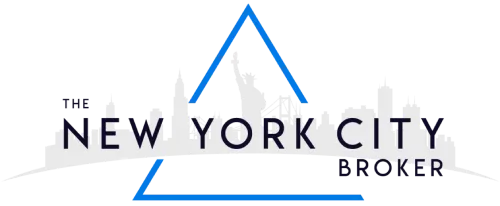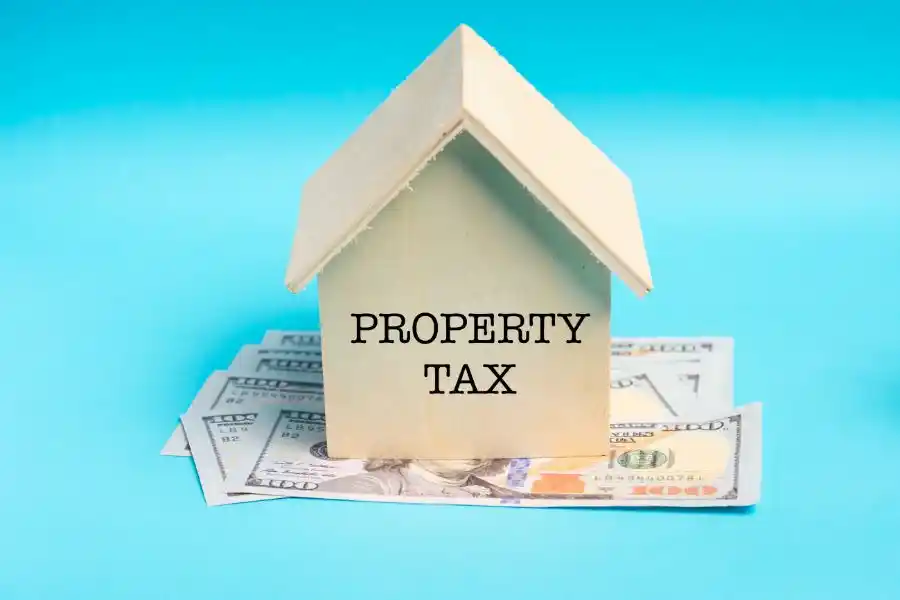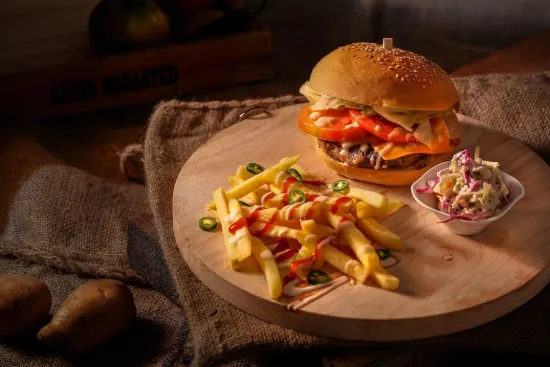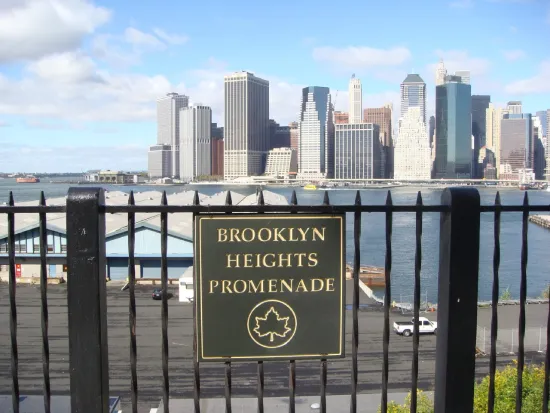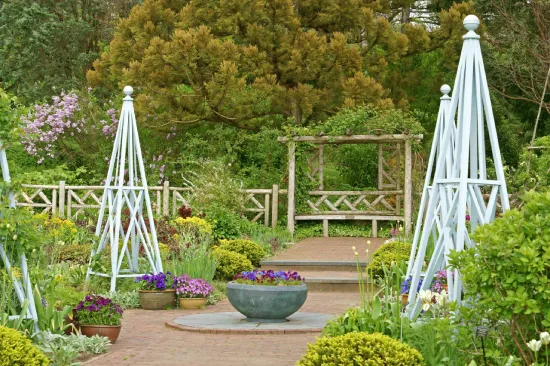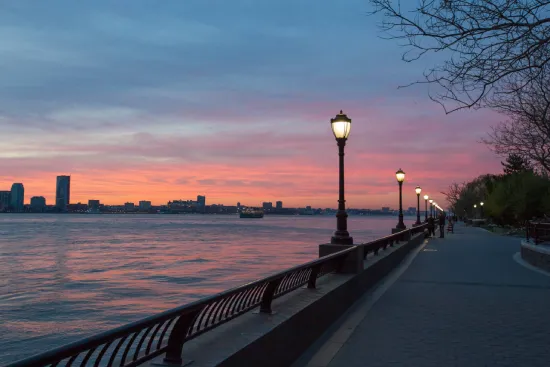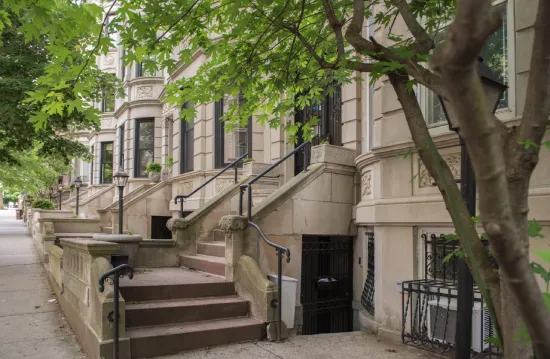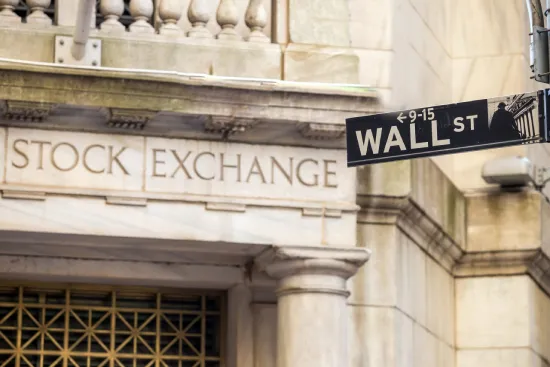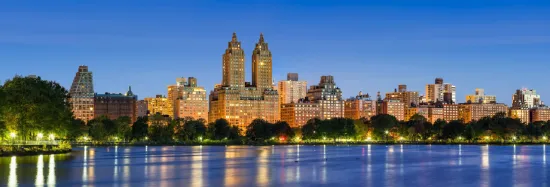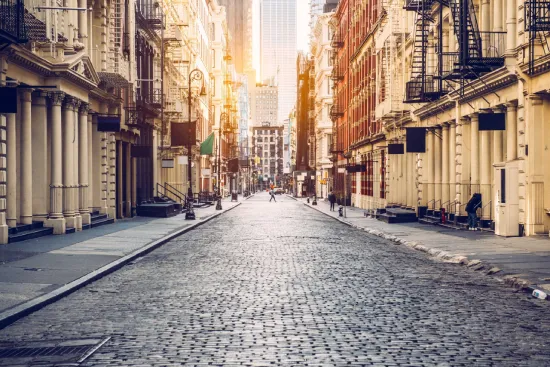TriBeCa – Home to artists, actors, film festivals, and some of the richest New Yorkers is not just rich in culture, but history as well. Its cast iron buildings are remnants of the city’s industrial “bones.”
History
The “Tri” part in the name TriBeCa stands for a triangle, but the area called TriBeCa is actually a four-sided figure. These four “sides” are: Canal Street (Longest), West Street, Broadway Street, and Chambers Street (smallest). It switched hands from Dutch farmers in the 1600s to English residents in the 1700s, as a suburb of colonial New York City.
The next century saw the commercial transformation of the area that was to become TriBeCa. The cast iron constructions and facades that TriBeCa is known for, started becoming part of the city architecture in 1848, when James Bogardus built a cast iron façade for a building that no longer exists. In the 1900s, the area returned to its residential roots, spurred by an urban renewal project in the sixties.
The more recent history of the neighborhood includes TriBeCa Film Festival, which was founded in 2002. The construction of the stunning “Jenga Building” or 56 Leonard Street – the tallest structure in TriBeCa started in 2007 and was completed in 2017.
Origin Of The Name
The name TriBeCa stands for “Triangle Below Canal” or Triangle Below Canal Street. It got this name in 1974 by a geographer working in the office of Lower Manhattan Development. Both “Below Canal” and “Below Canal Street” can be considered accurate because Canal street tracks beside what was supposed to be a 40-foot canal in the 1800s.
Main Attractions Of The Neighborhood
TriBeCa is home to many famous restaurants, historical buildings, and other attractions. Some of the most well-known food establishments in the neighborhood include:
- The Odeon (145 W Broadway) became famous thanks to a 1984 novel and celebrities that used to frequent it.
- Tribeca Grill (375 Greenwich St), famous for being co-owned by Robert DeNiro.
- Locanda Verde (377 Greenwich St) is a well-known Italian restaurant in the neighborhood beloved for its environment, delicious food, and drinks. It’s a frequent brunch choice.
- Tiny’s & The Bar Upstairs (135 W Broadway) is a bi-level townhouse built in the early 1800s, is now a pink-colored building in the heart of TriBeCa, offering great food and drinks and an amazing combination of its rustic elements and modern restoration.
- The Brandy Library (25 N Moore St) offers a unique and extensive collection of brown spirits (Whisky, Cognac, and Rum).
TriBeCa is home to some amazing buildings, both historic and new.
- The Woolworth Building (233 Broadway) remained the tallest building in the world for about 17 years (between 1913 and 1930).
- Jenga Tower (56 Leonard Street) in TriBeCa is a 57-story, 821-foot structure that resembles a giant Jenga tower made up of glass.
- American Thread Building (260 W Broadway), originally known as Wool Exchange Building, was built in 1896, following renaissance-revival architectural style. It was added to the register of historical places in 2005.
- Western Union Building (60 Hudson Street) was once the world’s largest telegraph building. It’s a prominent example of Art Deco – The prominent architectural design/decorative style in 20s and 30s.
- The New York Mercantile Exchange Building (6 Harrison St) was home to the commodities exchange (NYMEX) until 1994.
In addition to the Woolworth building and TriBeCa Grill, some of the prominent attractions of TriBeCa include:
- The 1.6-acre Washington Market Park (199 Chambers St).
- The Ghostbusters Headquarter (14 N Moore St) – A 1903 firehouse building, became famous thanks to the movie.
- The Lispenard Street (squared by Canal St, Broadway, Walker St, and 6th Ave) is named after the family that bought a lot of property sold by the Trinity Church to which TriBeCa was given (along with surrounding land) during the British Rule.
- Blood Manor (359 Broadway) is a large haunted house attraction on Broadway.
- Silverstein Family Park (Greenwich St) which is almost immediately recognized by its prominently displayed red-colored Jeff Koons sculpture.
What Is TriBeCa Known For?
TriBeCa is known for:
- Being one of the most expensive neighborhoods in NYC
- Its industrial past and its cast-iron architecture
- Great shops and fine dining
- Being one of the two neighborhoods with “authentic” lofts
- TriBeCa Productions (co-founded by Robert DeNiro) and TriBeCa film festival
- Celebrities like Jay-Z, Taylor Swift, and Justin Timberlake who have called it home, though none of them live here now.
Population
TriBeCa had a population of about 20,000 in 2020 before the pandemic triggered exodus forced about 3,500 individuals to relocate. However, before the pandemic, the neighborhood saw modest growth: 19% between 2010 and 2020.
It’s one of the richest neighborhoods in NYC, and in 2019, the average gross adjusted income of residents living in the 10007 zip code of TriBeCa was around $879,000, good for the 5th highest in the country. Most of the population (over 94%) is employed in white-collar jobs.
Interesting Facts About TriBeCa
- Vault lights in TriBeCa refer to the glass lenses embedded in TriBeCa sidewalks that were supposed to provide light to the vaults built underneath the sidewalks.
- Some old buildings in TriBeCa (Refrigerated warehouses) had pipes and pumping systems in thick walls that took water from the Hudson River and kept things cold inside. These buildings acted as cold storage.
- The neighborhood has a vehicle named after it: Subaru TriBeCa (now discontinued).
